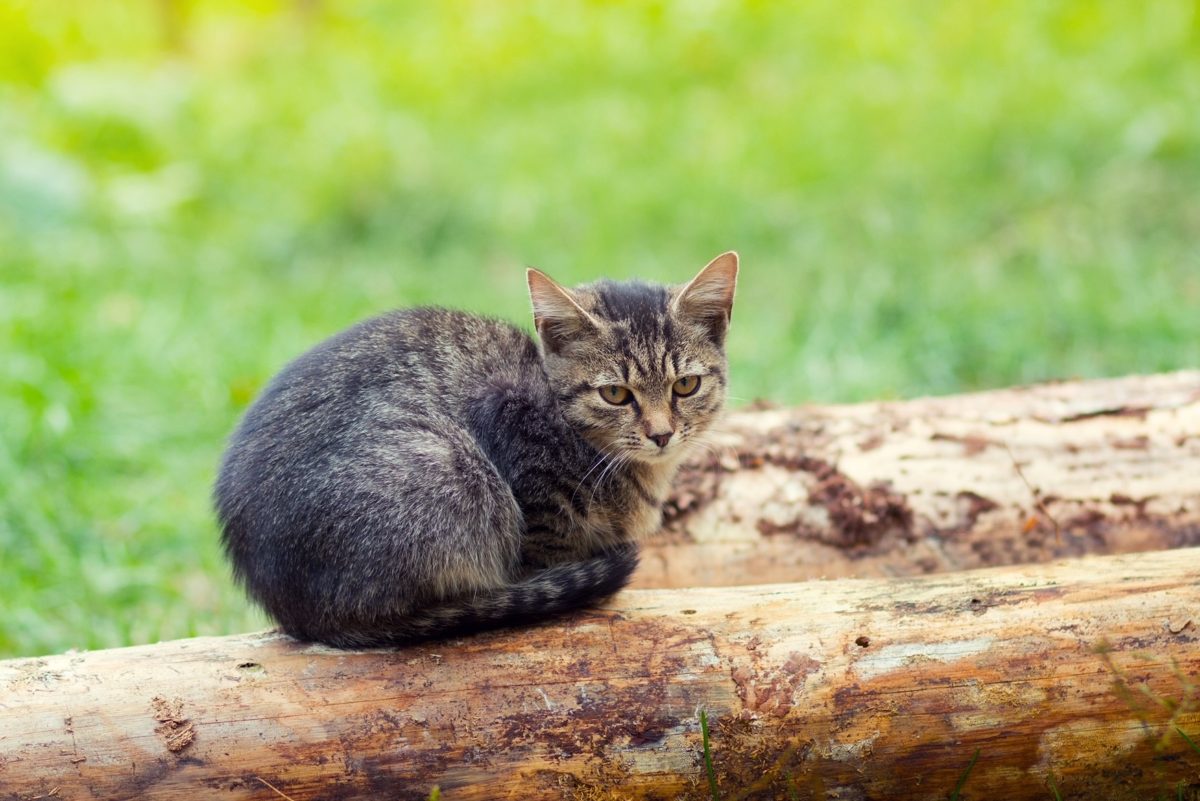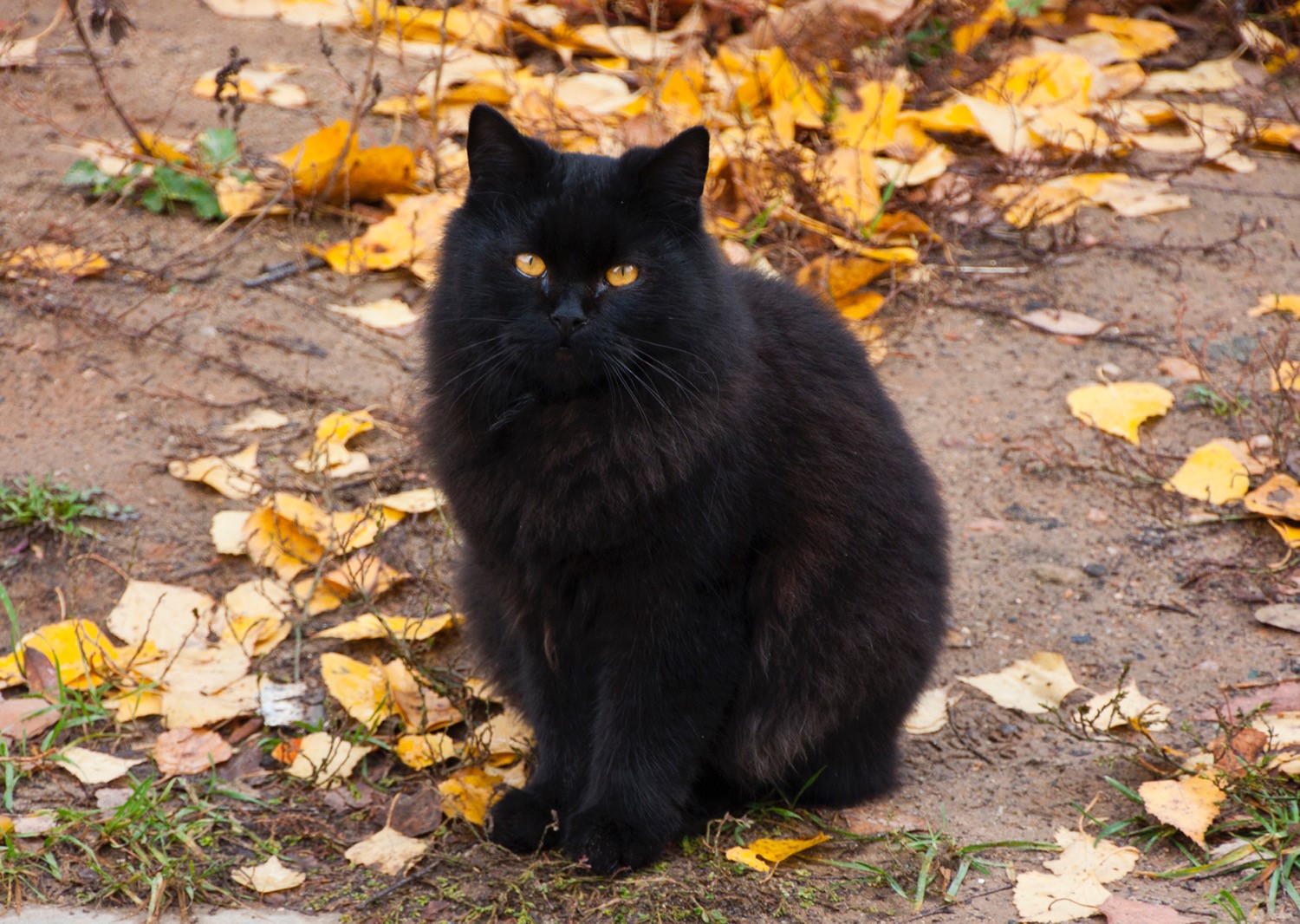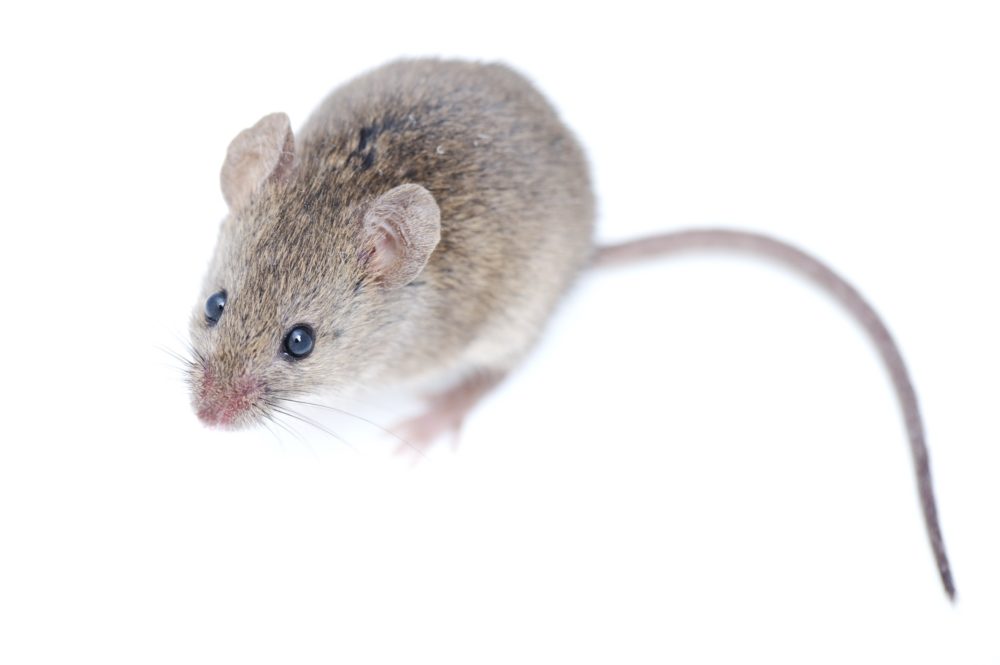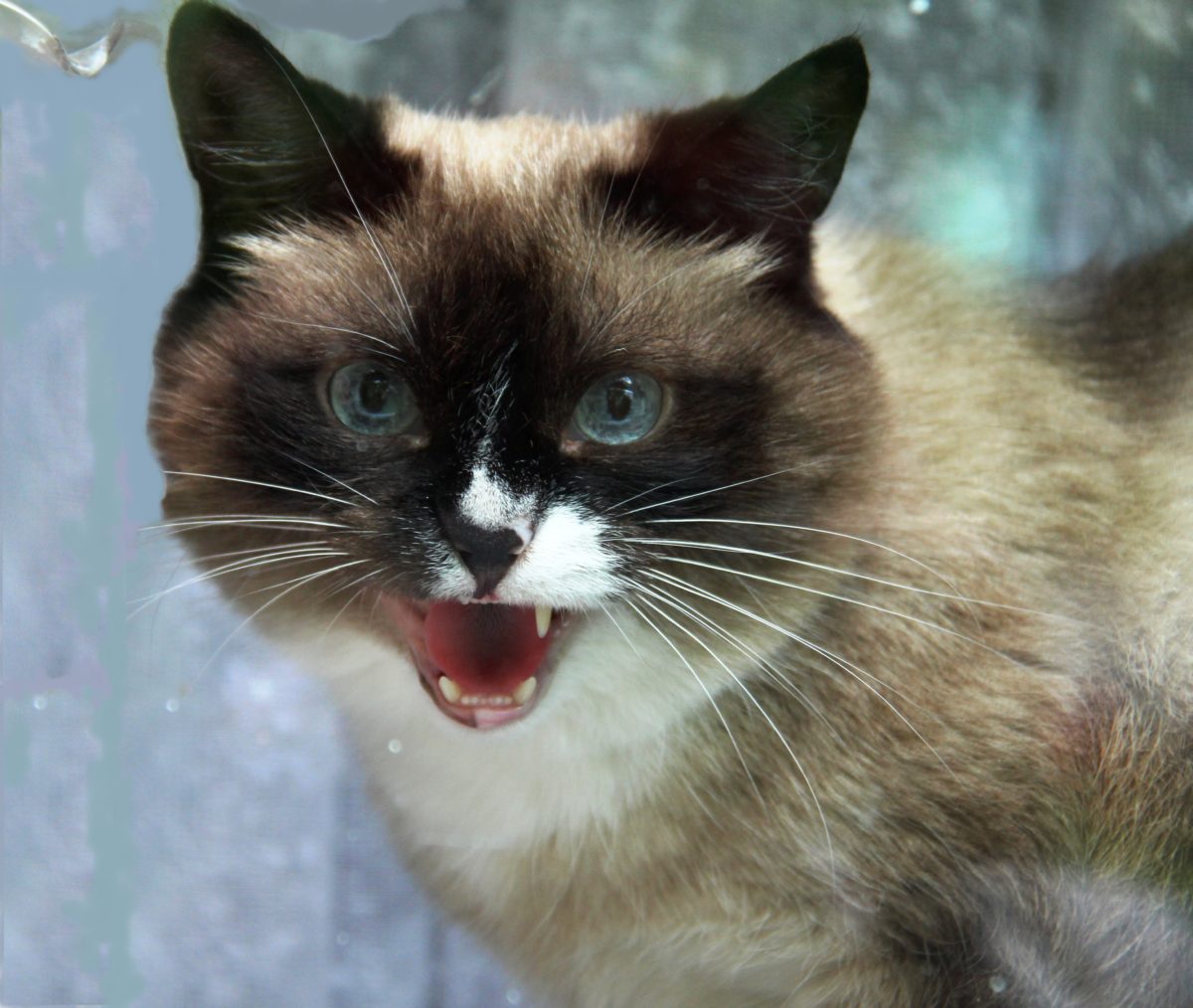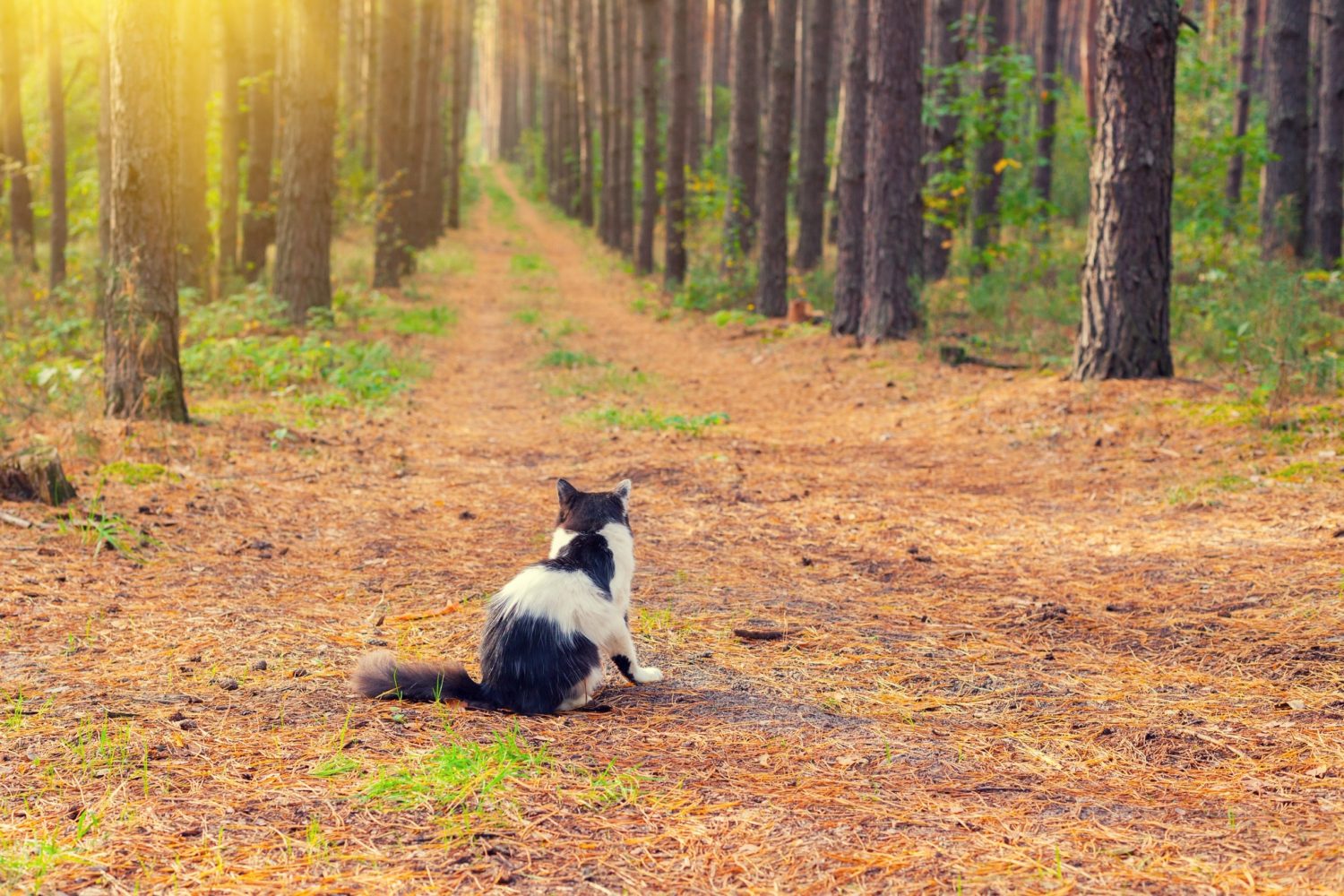
Why does my cat follow me on walks?
I love starting the day with a brisk walk – fresh air, a walk amongst nature, what better way to kick start the day. But……if I’m not careful, I have a little friend who is keen to join me on my walk – our cat, Misty! This is completely fine if I’m just strolling around our garden or pottering outside but is it wise to allow my cat to follow me on longer walks?
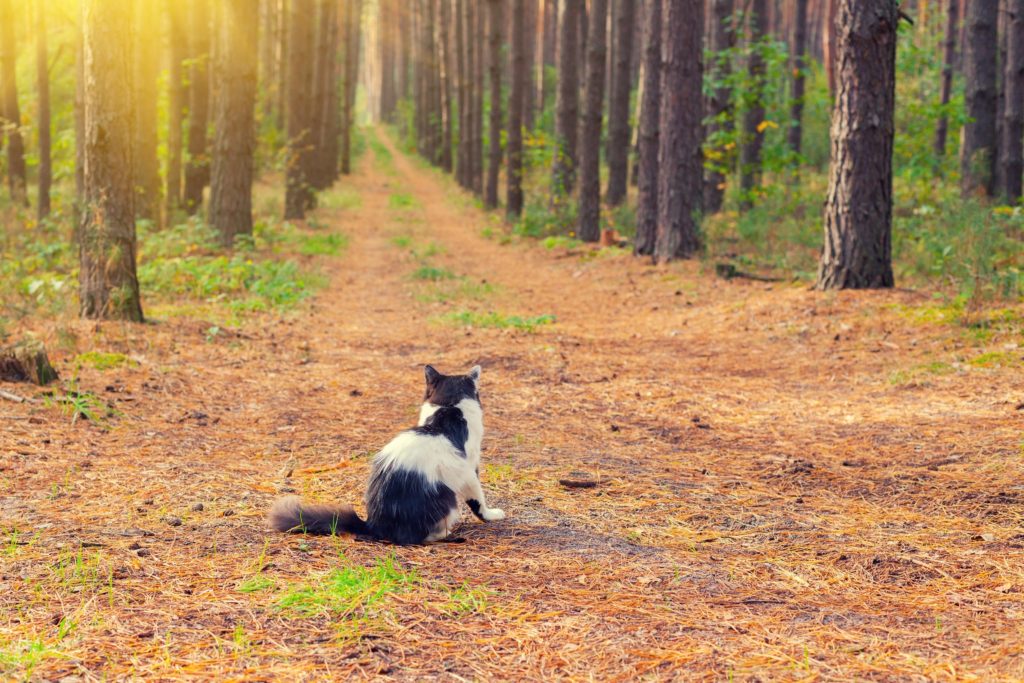
Why do cats follow their owners?
Cats will follow their owners for various reasons:
For attention
What better way to get someone’s attention than to simply follow them until they do notice you! Whether it’s play, food, cuddles or companionship your cat may simply follow you around to try to get you to notice them.
To be physically affectionate
Some cats follow their owners so they can get close enough to get physically affectionate. Be that sitting on your knee, circling around your legs or rubbing their head against you.
For companionship
Sometimes we all just need a little companionship – and the same can be said for our cats too. Sometimes it doesn’t actually matter what we are doing, they just want to be close to us, in our proximity. It may be companionship, inquisitiveness or simply a habit that causes them to follow us whatever we may be trying to do.
Wanting something specific such as food
Cats will almost certainly follow you when they are hungry, want to be let out, or simply want attention. Following you can be their way of communicating ‘Hey, I’m here – I want something, can you see me, I’m here!’. Adult cats very rarely communicate with each other by meow. Therefore, if following you around is accompanied with meowing then it is more likely to be a method of seeking attention from people in order to have their needs met!
Cats will learn to make demands of us humans by observing to which of their sounds that we respond to best. The meow can represent feelings ranging from friendly and welcoming to demanding and attention seeking, or assertiveness and complaining. The way we respond to our cats can play a vital role in how vocal they are. If meowing is met with a positive response such as food or attention, then they are more likely to repeat this behaviour in the future. Excessive meowing may be a sign of pain, thirst, hunger or discomfort. Therefore, if your cat is meowing, he is probably trying to tell you something. Check out our article on ‘Cat Communication’ for an in-depth guide into the communication methods used by cats – with each other and with us humans.
To play
An indoor cat is much more likely than an outdoor cat to follow you for the purpose of instigating play. Although both indoor and outdoor cats need to be provided with a stimulating and safe indoor environment, it is particularly important for indoor cats to be entertained and to have their natural instincts satisfied. They may therefore follow you to encourage play time or even use you as part of their play, such as jumping onto your toes or clinging onto your legs. For ideas of games to play with your cat check out our article ’18 games to play with your cat’.
For dependency
Just as kittens follow their mothers whilst developing into adulthood, this relationship will sometimes be replicated in adulthood but with adult cat and owner. Your cat will be dependant on you for food, play, litter needs and well-being. Following you, their carer, around ensures that they feel safe and nurtured.
Simply because they love you
If you have been in work all day, your cat may simply have missed your company and will then follow you around when home. Despite being independent in many ways, cats do enjoy human company and the bond formed between a cat and its carer can be incredible strong – both ways.
Territoriality
Marking their territory is a natural daily instinct in cats. In the wild, a daily patrol of their area, marking the borders with their scents is their way of communication to other cats that this is their turf! Likewise, they may follow you around the home believing you are marking territory. Or they may follow you and rub against you to ensure they are signalling to others that you belong to them.
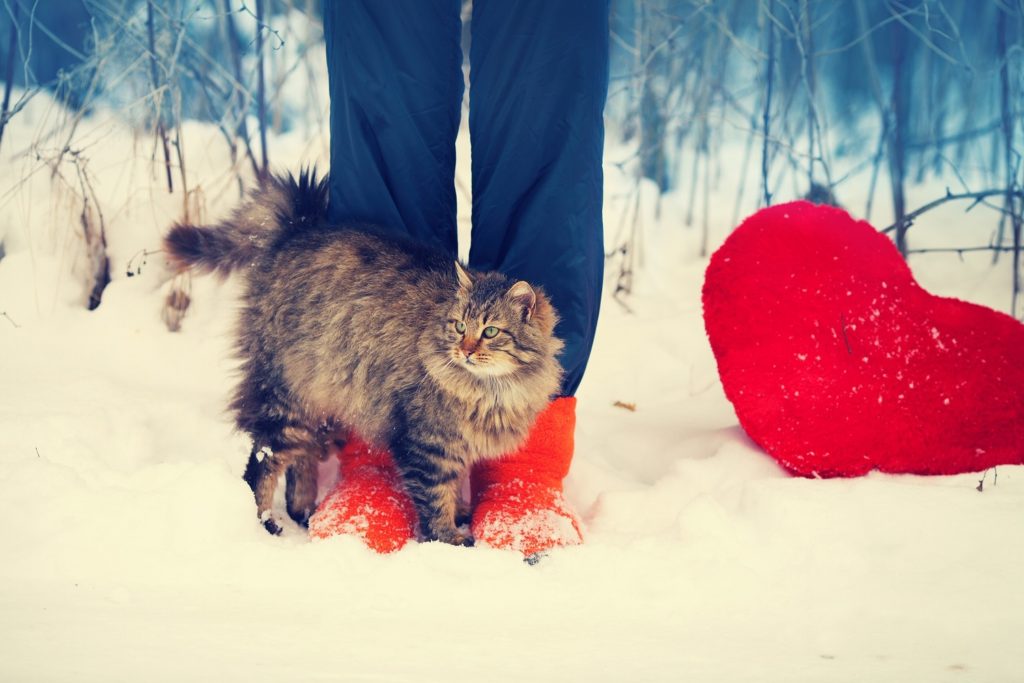
Should I let me cat follows me on walks?
In our opinion, we would not encourage cats to follow their owners on walk. Although they may begin the walk following you obediently, any distraction may cause them to head in an opposite direction. A tweeting bird, or a rustling in the undergrowth, and the hunting instincts will kick in. Those primal urges are likely to be far stronger than a need to follow you on a walk.
Something may frighten your cat along the way – a stray cat, a dog or a vehicle. A cat’s instinct is to seek safety and hide when frightened. In the familiarity of their own back yard your cat will probably know where her safe hiding spots are. In unfamiliar territory your cat could become disorientated in a panic situation. When the danger has passed, she may then not be able to find you, or her way home.
Cats do not usually wander too far from home. They tend to be creatures of habit and love a routine. (We have a whole article dedicated to cats and routine, ‘Do cats like routine?’). So suddenly encouraging them to follow you on a longer walk outside their usual boundaries may unsettle then and cause disorientation.
This decision will also be dependent on location – a local stroll in open fields close to your home will be hugely different to a walk in a busy town. Although there are risks associated with both, the potential dangers are quite different.
The personality of your cat will also affect your decision on whether to let them follow you. A cat who absolutely never leaves your side is very different to an adventurous moggy who always lives by his rules – and his rules only!
There are means and ways of going for walks safely with your cat. Social media sites are full of tales of travelling cats accompanying their owners on worldwide adventures. Surely if some cats can trek across mountains of the world, there must be a way of taking our cats for a little local walk. The safest way to do this is to either take your cat on a leash or carry your cat in a cat backpack.
Walking on a leash

We’ve had a few strange looks as passers-by see us walking our indoor cat, Boo, on a leash! (See About us for our rather unique cat set up). This was something that our cat took to very quickly and without resistance. Starting from a young age certainly helps if walking your cat on a leash is something you wish to try. The benefits of walking your cat on a leash include:
- A good walk ensures your cat has ample exercise.
- The leash ensures your cat is safe and no danger of running away if anything startles her, or something in the distance grabs her attention.
- Allows your cat to explore the outside safely. The touch of grass, the different smells, the rustling leaves, the cautious birds nearby are all there to excite and heighten the senses.
Allow your cat to lead you – this is hugely different to taking a dog for a walk! Let them guide you to where they wish to explore. On a sunny day, they may simply enjoy lying in the grass for a while or rolling around enjoying the warm sunshine.
Here are our top tips for taking your cat for a walk on a leash:
- Not all cats will take to this. Some cats will enjoy this from the outset, for some it may be a slow but steady transition, but for some it simply won’t be for them at all. There are plenty of other methods to allow your cat safe outdoor time. Inflicting stress or anxiety on your cat will not benefit their wellbeing.
- Buy a cat harness and attach the leash to the harness. For safety reasons, do not attach the leash to their collar. Get your cat accustomed to the harness and lead indoors before you venture outside.
- Start the leash training slowly. Rewarding with praise and treats will associate the leash as a positive experience. Keep calm and be patient.
- Once your cat is happy with the harness and leash you are ready to venture outdoors. Your cat may be very nervous or highly excitable if she has never experienced the outdoors previously. Keep the first few times you go outside as short sessions and let your cat lead you to where she feels safe. Ensure the first visits are in a calm environment away from traffic, other cats, loud noises or dogs.
- Never leave your cat tied up outside on a leash and never leave your cat unattended with the harness and leash on.
There are a wide range of cat harnesses and leads available on the market. Ensure it is a snug but comfortable fit for your cat.
Personal cat carrier
Taking your cat with you on a long walk was once an idea that would never be entertained. But devoted cat owners are now reluctant to leave their beloved cats at home and therefore take kitty family members along with them. This requires planning and organization, and a personal cat carrier is a key item. What a fantastic view your cat gets in one of these specially designed carriers. You do not have to plan a long elaborate trip to take advantage of these carriers. A walk in the park, a forest exploration or a relaxing Sunday stroll can all be a great excuse to get your cat to enjoy the beauty of the outdoors. If you have an up and coming trip planned with your cat, be sure to check out our article ‘Tips for travelling with your cat – by car, train, bus or plane’.
One of our favourite cat carriers on the market is this one by PetAmi – a deluxe pet carrier backpack . Available in 12 fabulous colors, it is designed with safety in mind. It is well ventilated, mesh window for viewing and lined with thick, comfortable sherpa lining to ensure a relaxing enjoyable walk for you and your cat.
Other articles you may find of interest:
What to do if your indoor cat escapes. 8 immediate steps to take!
Can I train my cat to come home? 7 top tips!
Do indoor cats need outside time? Why does my cat refuse to go outside?
